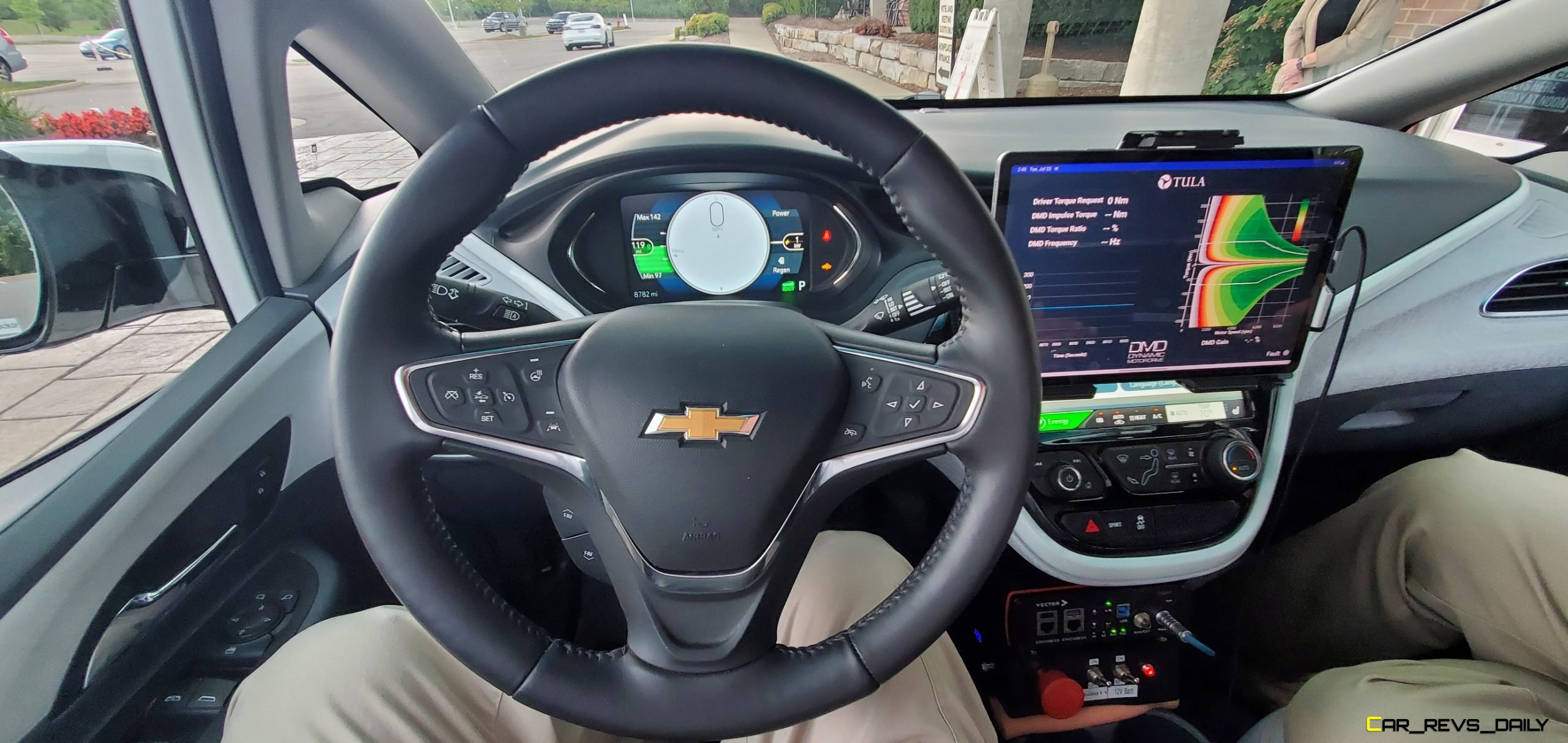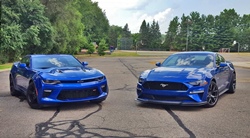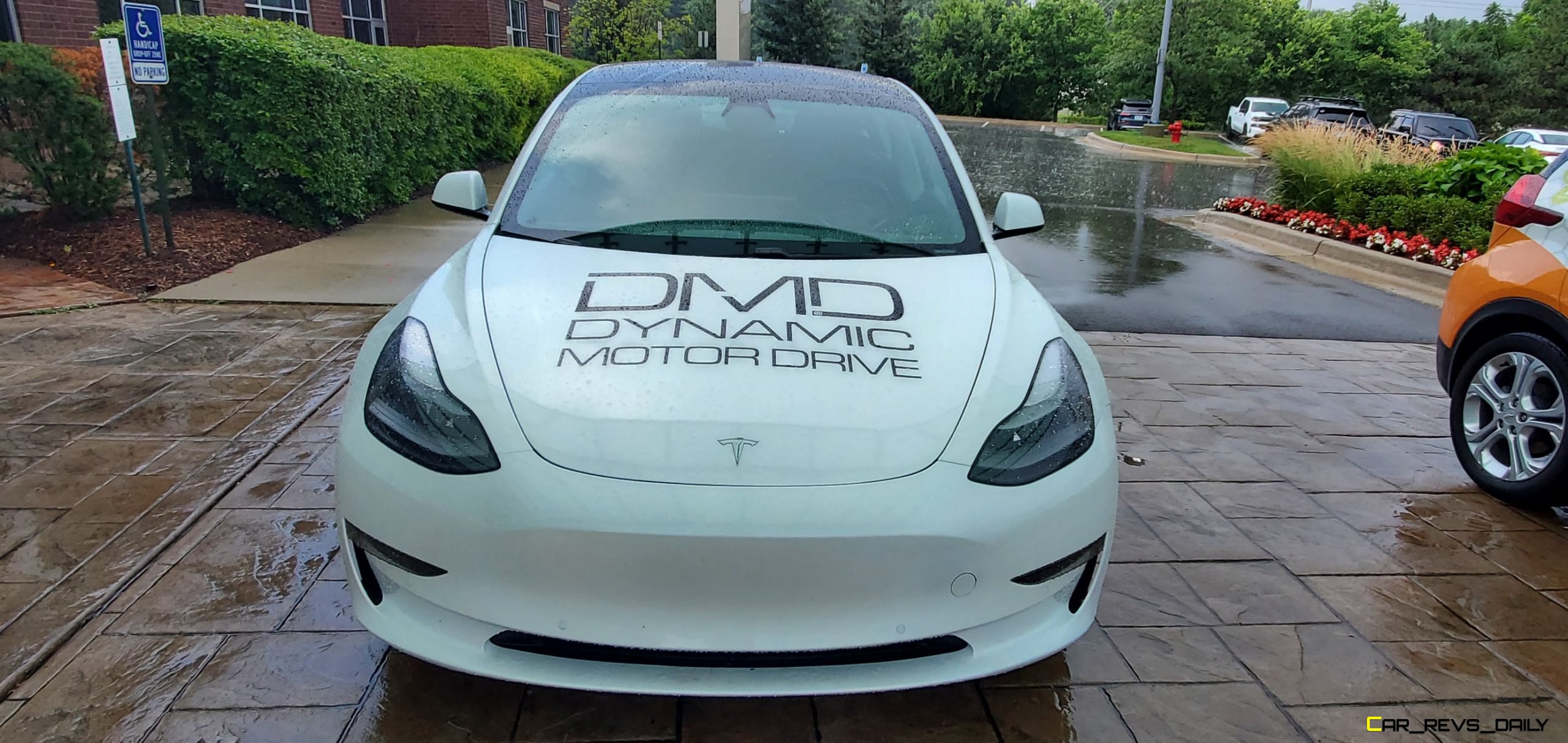Tula Technology has earned praise and respect for its advanced vehicle propulsion technologies. While the firm got its start in ICE powerplants, the company found newfound vigor when it decided to go all-in on electrification with several new technologies that aim to enhance efficiency and livability. One way it’s attempting to do this is with its Dynamic Motor Drive System (DMD) which is a noticeable step up from Tula’s past efforts. How does the system measure up in the real world?
DMD is a smooth operator

To find out, Tula invited us to the Suburban Collection Showplace in Novi, Michigan to discover what the DMD system brings to the table. The first vehicle we drove was a Tesla Model 3 that had the latest iteration of Tula’s DMD system. In this Model 3, Tula retrofitted the factory Permanent Magnet Synchronous Electric Motor (PMSM) with a Tula-sourced wound motor creating an EESM in the process. Look past the elaborate engineering jargon and it translates into the firm using an optimized pulse strategy with the system’s software sending pulses into the battery pack itself to maximize efficiency at a 25-hertz frequency.

While this pulse effect may make some drivers think that they will be in for a jerky driving experience, DMD is deceptively smooth and it was hard to discern when the system was active versus it being off. Tula did this on purpose with the company wanting to ensure that drivers would retain as much of the factory driving experience as possible with the system quietly doing its thing in the background. The Model 3 itself also looked largely stock with the only major visible modification being a tablet that served as a visual indicator for DMD. The tablet featured two circles and when the two were overlayed over each other, that’s when DMD was active.
It’s interesting to note that the system does appear to have some mechanical limitations with the Model 3 we drove being a standard rear-wheel drive model and Tula neither confirming nor denying that the system can work with all-wheel drive. Our route was also focused exclusively on city streets but Tula assured us that DMD can also work at freeway speeds if asked to do so. Tula says that DMD can help reduce energy consumption by 3% with the pulsing action allowing the electric motors to operate in a larger zone of efficiency when compared to a stock EV powertrain.
Flexibility is strong suit

In addition to the Tesla, Tula also had a Chevrolet Bolt that was equipped with DMD but kept the stock drive unit. The drive experience here mirrored that of the Tesla with the Bolt also being smooth on city streets even during a flash rain storm that swept through the area on our drive. The blast of rough weather did little to shake the confidence of DMD but we did notice occasions where we could sense subtle alterations of wheel movement which served as the only other indicator that the DMD system was going in and out with a separate tablet continuing to provide a visual aide of the system in action.

The Bolt is an older application of DMD but Tula reps said that it has had some updates since this particular setup made its first appearance back in 2022. The updates appeared to have addressed some of the quirks of the original system but the efficiency gain is lower than the EESM layout due to the way the EV powertrain is setup. Tula says that it’s hoping its technology can help enhance overall efficiency and reduce the cost of EV vehicles which continues to be a lingering barrier for broader EV adoption.
While the Dynamic Motor Drive system itself is still not ready for full mass adoption, it does offer a glimpse into what future EV performance might look like especially as more firms are entering the race to provide customers improved range and performance while also enhancing value for an EV too.

Carl Malek has been an automotive journalist for over 10 years. First starting out as a freelance photographer before making the transition to writing during college, his work has appeared on numerous automotive forums as well as websites such as Autoshopper.com.
Carl is also a big fan of British vehicles with the bulk of his devotion going to the Morgan Motor Company as well as offerings from Lotus, MG, and Caterham. When he is not writing about automobiles, Carl enjoys spending time with his family and friends in the Metro Detroit area, as well as spending time with his adorable pets.

